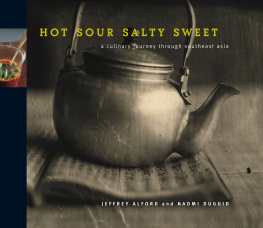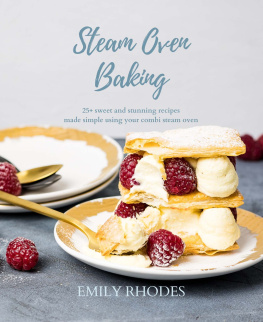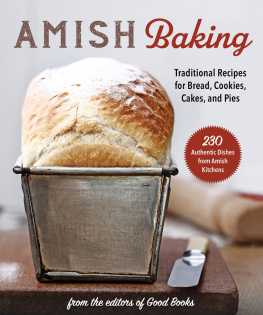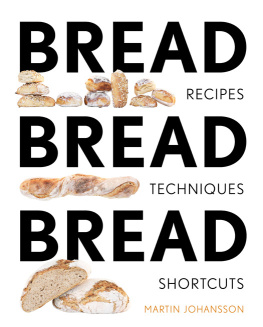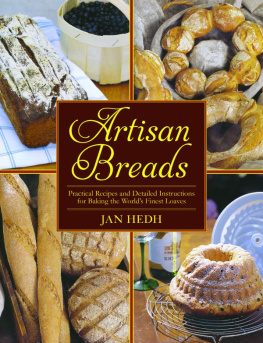Duguid Naomi - Home Baking: The Artful Mix of Flour and Traditions from Around the World
Here you can read online Duguid Naomi - Home Baking: The Artful Mix of Flour and Traditions from Around the World full text of the book (entire story) in english for free. Download pdf and epub, get meaning, cover and reviews about this ebook. City: New York, year: 2003, publisher: Artisan, genre: Home and family. Description of the work, (preface) as well as reviews are available. Best literature library LitArk.com created for fans of good reading and offers a wide selection of genres:
Romance novel
Science fiction
Adventure
Detective
Science
History
Home and family
Prose
Art
Politics
Computer
Non-fiction
Religion
Business
Children
Humor
Choose a favorite category and find really read worthwhile books. Enjoy immersion in the world of imagination, feel the emotions of the characters or learn something new for yourself, make an fascinating discovery.

- Book:Home Baking: The Artful Mix of Flour and Traditions from Around the World
- Author:
- Publisher:Artisan
- Genre:
- Year:2003
- City:New York
- Rating:5 / 5
- Favourites:Add to favourites
- Your mark:
Home Baking: The Artful Mix of Flour and Traditions from Around the World: summary, description and annotation
We offer to read an annotation, description, summary or preface (depends on what the author of the book "Home Baking: The Artful Mix of Flour and Traditions from Around the World" wrote himself). If you haven't found the necessary information about the book — write in the comments, we will try to find it.
From savory pies to sweet buns, from crusty loaves to birthday cake, from old-world apple pie to peanut cookies to custard tarts, these recipes capture the age-old rhythm of turning simple ingredients into something wonderful to eat. HomeBaking rekindles the simple pleasure of working with your hands to feed your family. And it ratchets down the competitive demands we place on ourselves as home cooks. Because in striving for professional results we lose touch with the pleasures of the process, with the homey and imperfect, with the satisfaction of knowing that you can, as a matter of course, prepare something lovely and delicious, and always have a full cookie jar or some homemade cake on hand to offer.
Jeffrey Alford and Naomi Duguid collected the recipes in HomeBaking at their source, from farmhouse kitchens in northern France to bazaars in Fez. They traveled tens of thousands of miles, to six continents, in search of everyday gems such as Taipei Coconut Buns, Welsh Cakes, Moroccan Biscotti, and Tibetan Overnight Skillet Breads. They tasted, interpreted, photographed and captured not just the recipes, but the people who made them as well. Then they took these spot-on flavors of far away and put them side by side with cherished recipes from friends and family closer to home. The result is a collection of treasures: cherry strudel from Hungary, stollen from Germany, bread pudding from Vietnam, anise crackers from Barcelona. More than two hundred recipes that resonate with the joys and flavors of everyday baking at home and around the world.
Inexperienced home bakers can confidently pass through the kitchen doors armed with Naomi and Jeffreys calming and easy-to-follow recipes. A relaxed, easy-handed approach to baking is, they insist, as much a part of home baking traditions as are the recipes themselves. In fact its often the last-minute recipessemonlina crackers, a free-form fruit galette, or a banana-coconut loafthat offer the most unexpected delights. Although many of the sweets and savories included here are the products of age-old oral traditions, the recipes themselves have been carefully developed and tested, designed for the home baker in a home kitchen.
Like the authors previous books, HomeBaking offers a glorious combination of travel and great tastes, with recipes rich in anecdote, insightful photographs, and an inviting text that explores the diverse baking traditions of the people who share our world. This is a book to have in the kitchen and then again by your bed at night, to revisit over and over.
Duguid Naomi: author's other books
Who wrote Home Baking: The Artful Mix of Flour and Traditions from Around the World? Find out the surname, the name of the author of the book and a list of all author's works by series.

